What’s Blooming in May?
Plants and Flowers in May:
- Gardenias
- Tiger Lillies
- Snap Dragons
- Roses
- Lavender
- Begonias
Fruits and vegetables in season:
- Loquats
- Oranges
- Limes
- Lemons

Snap Dragons
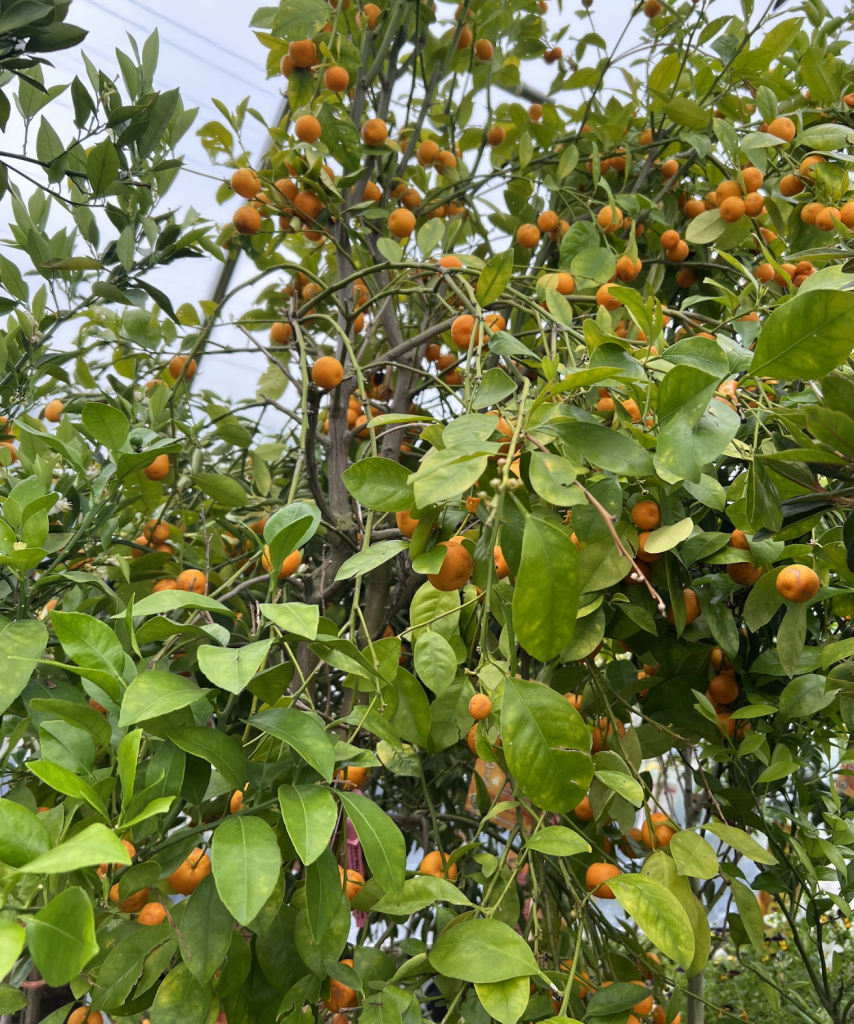
Oranges
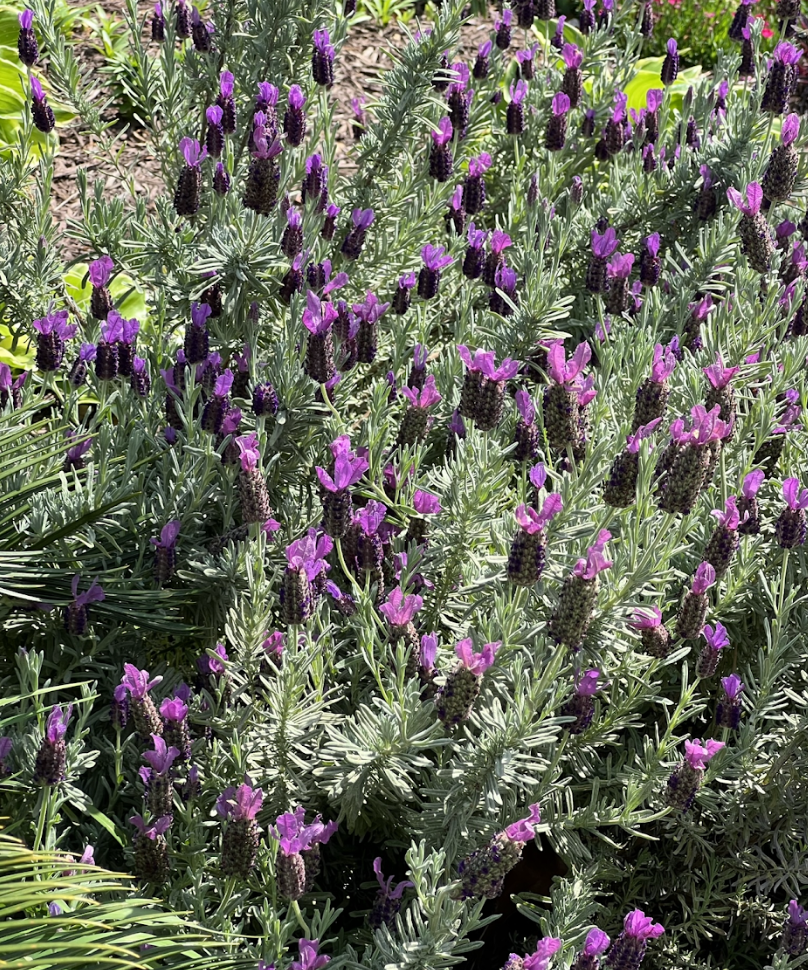
Lavender
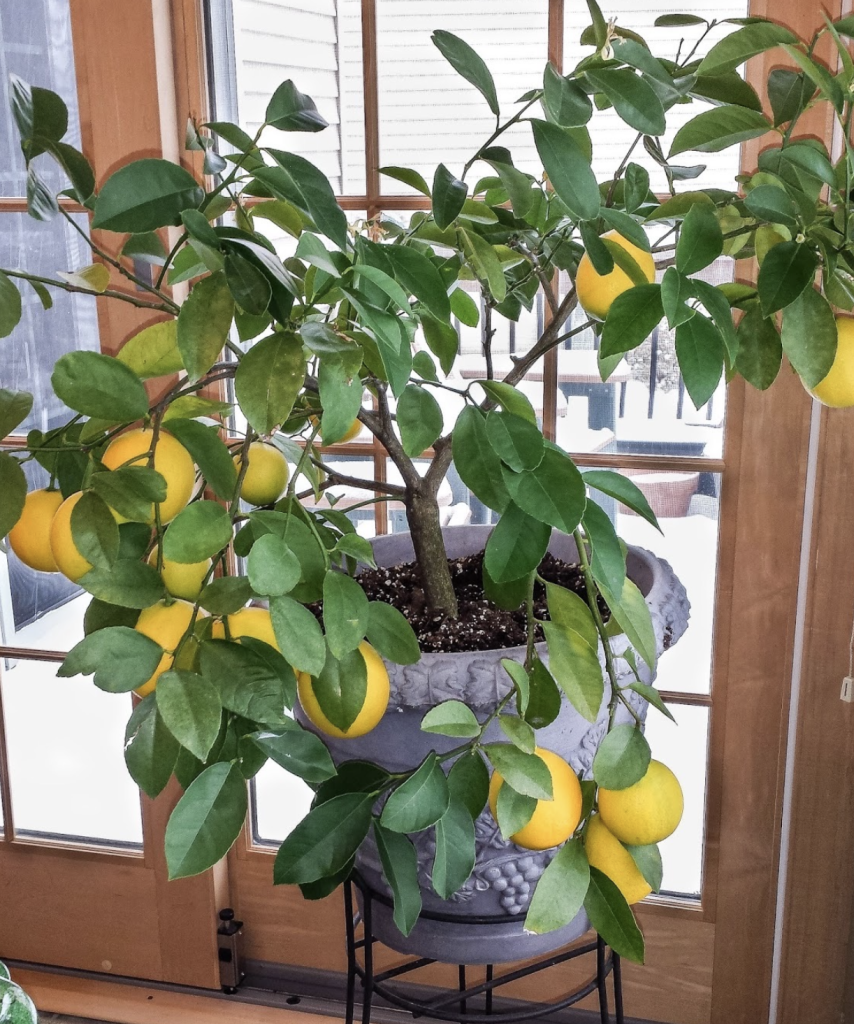
Lemons
May Maintenance Tips:
Fertilizing needs this month:
The general rule for fertilizing grass is to start around May 1st. You want to fertilize your lawn when it’s growing, and the main growing period for most grass in the area is from May to August. In late May or early June, before the heat of the summer arrives, apply some slow release nitrogen. This will encourage the grass to rebuild.
Pruning needs this month:
Plants that bloom on old wood (last year’s growth) are pruned after flowering so as not to remove flower buds with a winter pruning.
Some examples of plants that should be pruned after their spring flowering period include:
- Bigleaf and oakleaf hydrangeas
- Wisteria
Hedges also require additional shaping in early summer, and fruits need a little training. Here are some examples of hedges and fruits that will benefit from May pruning:
- Abelias
- Arborvitaes
- Boxwoods
- Hollies
- Junipers
- Blueberries
- Blackberries
- Grapes
Pests and diseases to look out for this month:
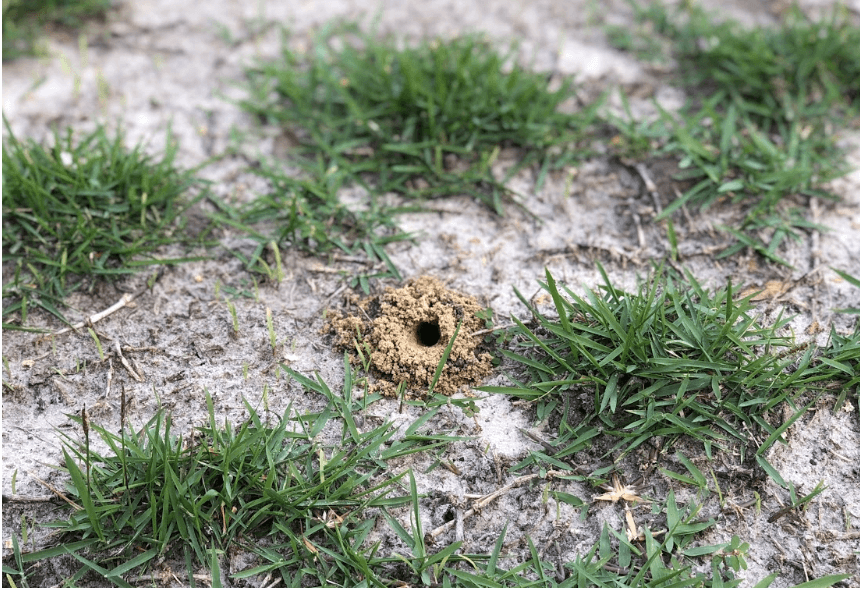
Mole crickets
Mole crickets can do damage to both plants and animals by feeding off of them, however, they are most known for the damage they cause to lawns through their tunneling. They tunnel through the top couple inches of soil, loosening it and uprooting grass plants that then dry out and die. The damage is most severe in young, newly planted lawns. To treat a mole cricket infestation in your lawn, Mix 2 tablespoons of liquid dishwashing detergent with 2 gallons of water in a watering can, and drench an area about 2 square feet. As the soap penetrates, mole crickets pop up.
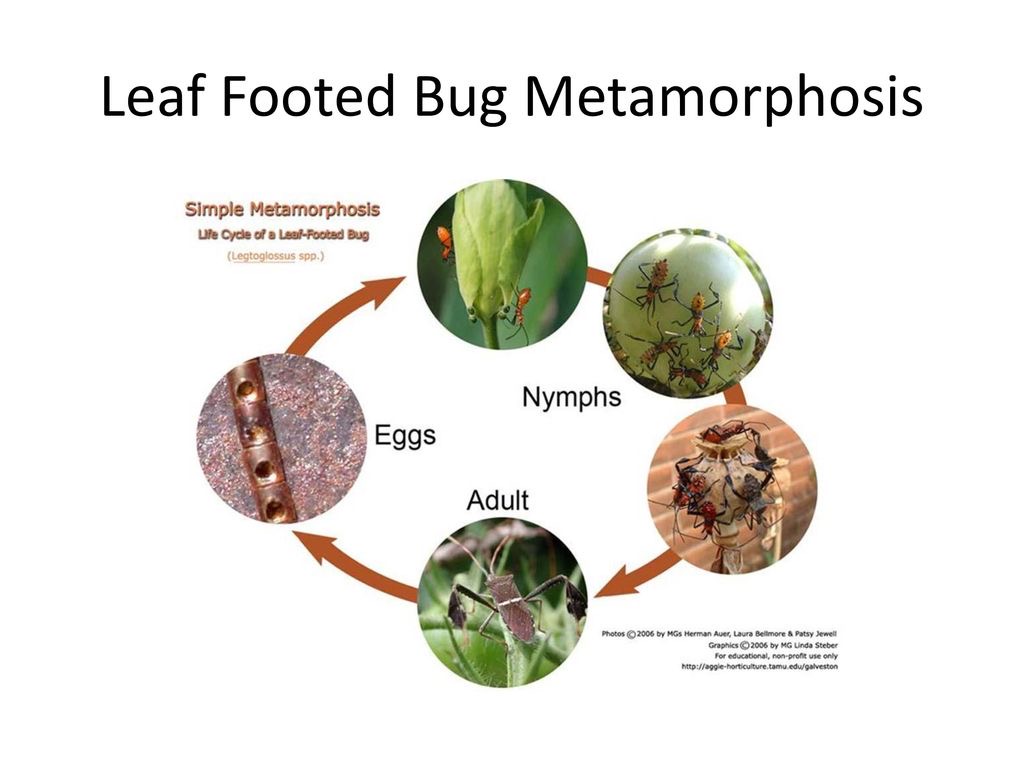
Nymphs
A nymph is an immature form of some insects. Nymph eggs hatch between May and June. Unlike typical larvae, a nymph’s form already resembles that of an adult. A very common nymph in our area that can cause damage to your lawn is a chinch nymph. Chinch nymphs can kill lawns and grasses by sucking vital nutrients from the grass blades. While doing so a poison is injected that causes the blade to turn brown and die off. Some other common nymphs that could cause problem in your lawn this spring include:
- Mole crickets
- Grubs
- Armyworms
- Ticks
- Aphids
To help prevent the nymphs in your yard from hatching and maturing into adulthood, Mulch around your plants to help conserve soil moisture in summer and remove weeds that can be hosts for insect
Additional monthly tip:
During the winter, your lawn and garden may not need to be irrigated with the sprinkler system, so it makes sense to turn it off. When the time comes in the spring, however, you’ll need to turn it back on.The beginning of May is a great time to turn your irrigation symptoms back on for the summer. During this time, your irrigation system should be providing about 1 inch of water per week to your lawn and your plants.
If you are in need of some assistance with setting up your irrigation system for the spring and summer months, please call our office at 843-839-5584 to schedule an appointment with our experienced irrigation specialist!







